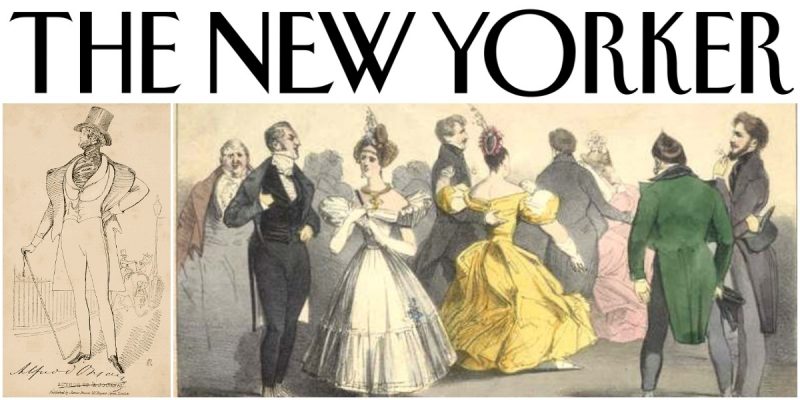The magazine The New Yorker, renowned for its unparalleled editorial standards, commentaries on culture, and illustrated topical covers, dates back to February 21, 1925, when the first publication of the sophisticated weekly launched in New York City as a satirical and gossipy informant for the discriminating Manhattanite.
The magazine’s founders, Harold Ross and his wife, Jane Grant, a reporter of The New York Times, wanted to create a refined and amusing magazine for a cultured reader, and as time proved, they’ve done just that and more.
The New Yorker, driven by rigorous fact checking and copyediting standards, as well as its cultural criticism, fiction, and journalism on politics and social issues, established itself as a forum for readers around the globe and it’s now regarded as one of the most prominent publications in the world.

The magazine is filled with social commentaries, reviews, essays, fiction, satire, and cartoons, with daring poetry in between, a place where the likes of Truman Capote, Roald Dahl, Joseph Mitchell, Alice Munro, Haruki Murakami, Vladimir Nabokov, Dorothy Parker, J. D. Salinger, and Stephen King have their say.
Even after all these years, the magazine retains its humorous spirit and much of its traditional appearance and layout. The typography, its tremendous covers and artwork, and even The New Yorker‘s mysterious dandy who appeared in the first edition have been kept the same.
Which prompts the question: Who is the dandy and where did he come from?
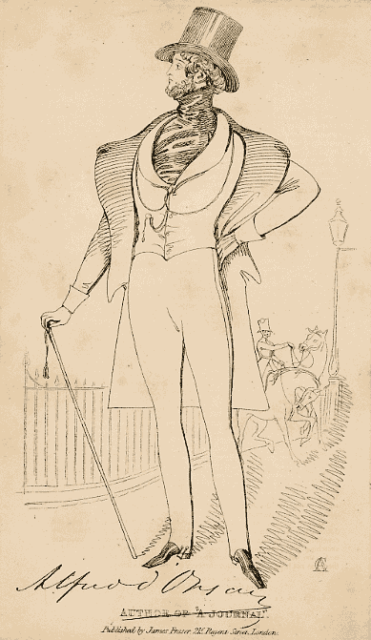
Apparently, the dandy peering at a butterfly through a monocle, drawn by Rea Irvin, the first art director of The New Yorker, for the cover of its first edition in 1925, is Count Alfred D’Orsay, the dandiest of the dandies. Or to be rigorously accurate, it is “Eustace Tilley,” modeled on him. Back then, Irvine drew a profile of a gentleman based on D’Orsay after he came across an 1834 caricature painted by James Baillie Fraser, as an illustration of the count for the 11th edition of the Encyclopedia Britannica.
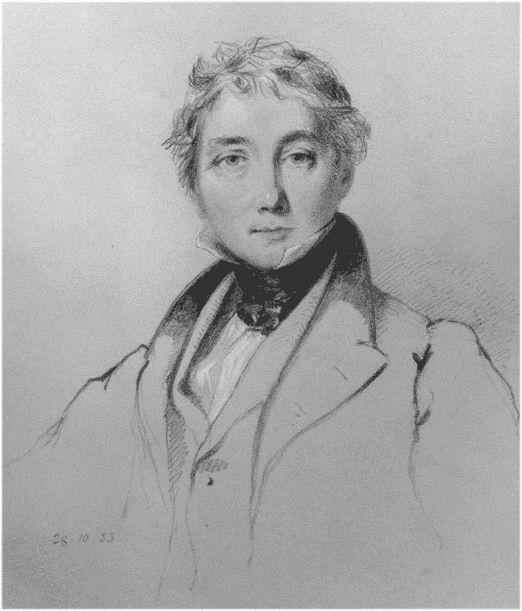
Eustace was a character created for The New Yorker by the American humorist and screenwriter Cory Ford as a hero for “The Making of a Magazine,” the inside cover series of the magazine, and since has grown to be the hero in the making of the magazine and is virtually the trademark for The New Yorker.
Ever since his introduction, some variation of him appeared throughout the editions of the magazine and its promotional materials. Within time, he came to be the “mascot” or logo for the brand. His face is now almost always seen alongside the name, and every year when the birthday for the magazine arrives, Eustace appears on the front cover once again in its original design.
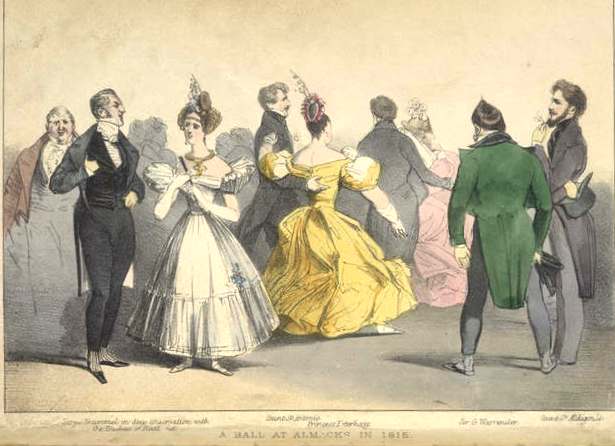
Why a dandy, one might ask. When starting, Ross and Grant aimed for sophistication when they envisioned the magazine, and at the start of the 20th century, nothing was more sophisticated than a dandy. As the French poet Charles Baudelaire, also credited for the coining of the term “modernity,” defined it, the dandy is “one who elevates aesthetics and sophistication to a living religion.”
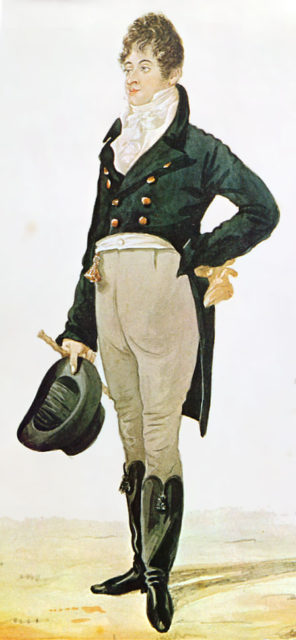
Few have elevated the elegance of aesthetic and sophistication better than Lord Byron, Charles Baudelaire, Grimod, D’Orsay, Marcel Proust, or Oscar Wilde, the esteemed literary figures of the 18th and 19th century. Yet the one who truly stood out was George “Beau” Brummell. In contrast to the others mentioned, he had no family nobility or wealth to accompany the style he was endorsing; it was mostly a fashion statement against the highly excessive and eccentrically feminine style of the macaronis in 18th century Britain.
He didn’t have the money or the privilege, yet Brummell still exhibited style simply by living his life stylishly, and by doing so he lived his life as a form of art.
Always powdered, perfumed, immaculately bathed, and shaved, and dressed as a member of a class he thought he belonged into, Brummell acted against the imposed order endorsing an individual’s stature. He was clearly stating that you are not required to belong to a class to act classy.
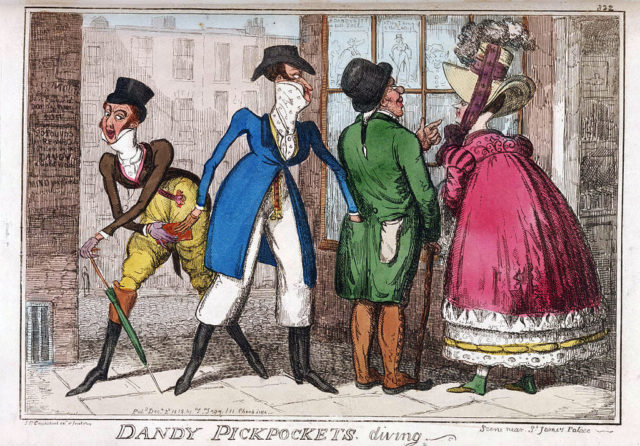
With this in mind, a dandy could also be a self-made man who strove to imitate an aristocratic lifestyle despite coming from a middle-class background. Clothing became a form of a political protest during the 18th century, and men with more notable achievements than Brummell embraced the dandy style, such as Oscar Wilde, Salvador Dali and Robert de Montesquiou, the distinguished dandies of the Belle Époque. Wilde once wrote that “One should either be a work of Art or wear a work of Art.”
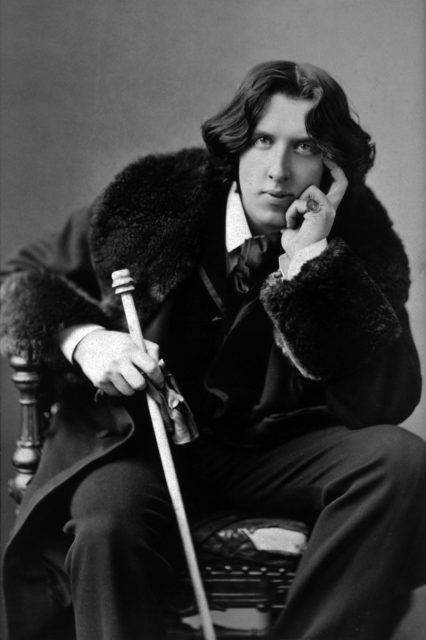
So, who is Eustace Tilley? He clearly is a work of art. But what does he stands for? What are people thinking when they see him gazing at the butterfly? Or in the words of Louis Menand, proclaimed longtime collaborator and staff writer for the magazine, “Is the man with the monocle being offered as an image of The New Yorker reader, cultivated observer of life’s small beauties, or is he being ridiculed as a foppish anachronism?”
Related story from us: Macaroni: The highly excessive fashion trend of the 18th century
Or could it be the essence of the Brummel character is personified in an image of a Mystery Dandy so it can represent an idea of a magazine built for the educated mind, offering sophistication to a reader who, while discerning, is as enigmatic as Tilley himself?
